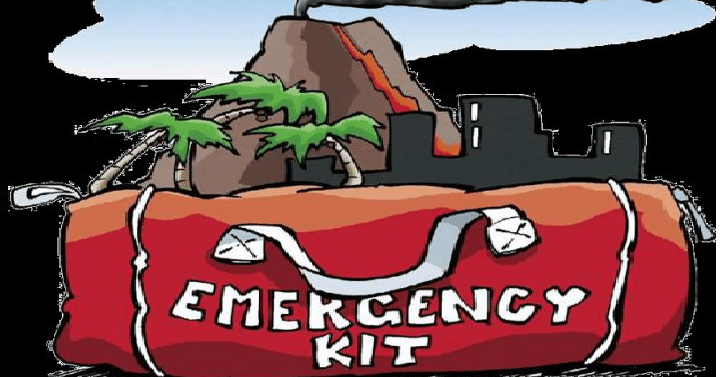 With all of the devastation of Hurricane Harvey, a lot of us have emergency preparedness on our minds. If you haven’t already made your own emergency kit, now is the time to do it. With an emergency kit you will be better prepared to survive when a catastrophe happens. Here is an easy step-by-step guide to help you build your own emergency kit.
With all of the devastation of Hurricane Harvey, a lot of us have emergency preparedness on our minds. If you haven’t already made your own emergency kit, now is the time to do it. With an emergency kit you will be better prepared to survive when a catastrophe happens. Here is an easy step-by-step guide to help you build your own emergency kit.
Step #1
Make a Plan. You can make a 24 hr or 48 or or 72 hour kit for your family. I would recommend making a 72 hour kit for your family. List out how many people you have in your family and think about each person as you go through this list.
Step #2
Gather Bags. You will need to get a bag for each person in your family. Look around your home. Get old backpacks that you aren’t using or buy some new ones. Now is the perfect time to grab backpacks since they are going on clearance in just about every store.
Step #3
Get Water. You need about 1 gallon of water per person for the 72 hours. That would be (8) 16 oz water bottles to make up a gallon or you can get bigger bottles to make it more manageable.
Step #4
Gather your food. You will need to gather enough food for 3 days for each person in your family. The easiest thing to do is get food that you will actually eat. You will want to get items that has a long shelf life too. Some suggestions are: Canned soup, peanut butter, granola bars, canned meat, canned fruits, canned vegetables, freeze dried fruits or meats, fruit snacks, hard candy, specially packaged milk, honey, protein bars, vitamins. I always thought I had to get certain emergency foods, but that’s not the case. Just get long shelf life foods and change them out every 5 years or so. Remember you don’t need a gourmet meal when you are in survival mode, just enough food to keep you sustained and healthy.
Step #5
First Aid Kit. This can be a DIY first aid kit or a store bought one. It doesn’t need to be anything fancy. Get a container like a pencil box and add the following items to it: Band aids (variety of sizes), Antibacterial ointments, plastic gloves, gauze and tape, small scissors, Q-Tips or cotton balls, medicines (cold, pain, baby, allergy), thermometer, tweezers.
Step #6
Batteries & Other Essentials. You’ll want to put in the following that would be super helpful for emergencies. Flashlights, batteries, hammer, wrench, pet supplies (if applicable), manual can opener, whistle, blankets and a change of clothes for each person. I would recommend doing long sleeve and pants per person in their bags. That way if it’s winter you are prepared, if it’s warmer you can cut them down to size.
Those are the basics of what you would want to gather for your emergency kits. Now you can get more fancy or make it super simple. Either way you will be better off than not having anything at all.
